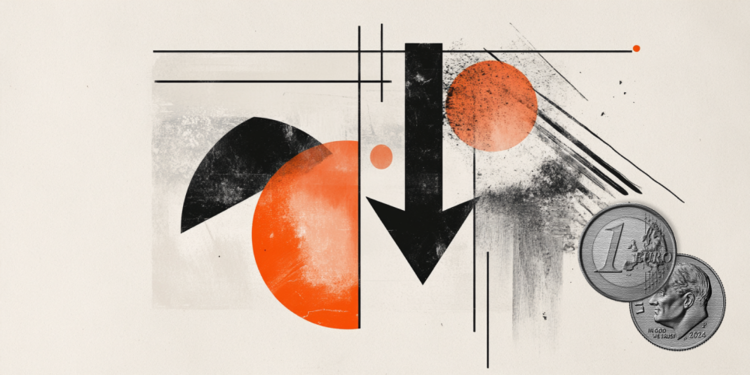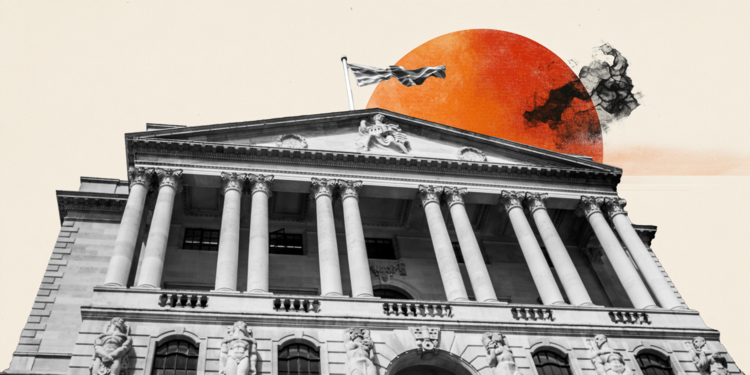April 23 is a special date for devotees of Catholicism, Umbanda and Candomblé.
St. George’s Day, celebrated this Sunday, is very busy, especially for the faithful in the city of Rio de Janeiro, where the date is considered a public holiday.
Thousands of people visit churches and chapels to express affection and devotion to one of the most revered saints in Catholicism.
Who was George of Cappadocia
The story of São Jorge takes place throughout the 3rd century, in the reign of the Roman Emperor Diocletian. Born in ancient Cappadocia, a region that is currently part of Turkey, Jorge de Anicii was raised by Christian parents and, from an early age, believed in God. After his father’s death, Jorge goes with his mother to Palestine. He enters military service, where he stands out for his courage and physical and intellectual abilities.
“In 303, the emperor issued an edict for the persecution of Christians. Upon learning of this, George donated all his assets to the poor, and before Diocletian tore up the document and professed faith in Christ. With that, Diocletian was furious and São Jorge suffered many tortures and was finally beheaded”, says Cardinal Orani João Tempesta, archbishop of Rio de Janeiro, in a statement from the National Conference of Bishops of Brazil (CNBB).
The most famous legend about Saint George tells of a fight against a dragon. With God’s help, the saint is able to slay the dragon and save the city. It is said that in the city of Selem, in Libya, there was a large swamp, where a terrible dragon lived. To contain him, the inhabitants offered him two goats a day and, occasionally, a goat and a young man chosen by lot. Once upon a time, the king’s daughter fell to a terrible fate. While the princess was going to the swamp, George passed by and killed the dragon with his sword.
“This story is often seen as a metaphor for the struggle between good and evil, and Saint George’s victory over the dragon is a symbol of Christianity’s victory over the forces of evil”, explains Dom Eurico dos Santos Veloso, emeritus archbishop of Juiz de Fora, in a statement.
On the site of his burial, in Lida, near Tel Aviv, a basilica was built, the ruins of which are still visible. Among the documents that attest to the existence of Saint George, there is a Greek epigraph, dated from the year 368 AD This epigraph speaks of the house or church of the saints and triumphant martyrs, George and companions.
Saint George’s Day is celebrated all over the world with masses and processions. São Jorge is considered by the Catholic Church to be the patron saint of knights, soldiers, scouts, fencers and archers. The relics of Saint George can be found in different places around the world. In Rome, in the church of San Jorge in Velabro, his skull is preserved, under the guidance of Pope Zechariah.

Celebration of Ogun
In Brazil, Umbanda syncretizes elements of religions such as Catholicism, Spiritism and Candomblé. The context, which mixes different beliefs, involves the search for enslaved blacks brought by force from Africa in an attempt to preserve their original cults and faiths.
In Umbanda belief, orixás are revered, which are understood as superior entities. Among the orixás, there is Ogun who, in religious syncretism, is associated with São Jorge, mainly in Rio de Janeiro, São Paulo and Rio Grande do Sul.
The relationship between the orixá and the Catholic saint is based on elements such as battle, the sword and courage. In Yoruba mythology, the orixá has a strong temperament, with war energy and a righteous personality. For Umbanda, Ogum is considered the soldier and patron of armies.
The color of Ogun in Umbanda is red and white, while in Candomblé it is dark blue. As offerings, yams and black beans can be offered to the orixá.
(With information from CNBB and Vatican News)
Source: CNN Brasil
I’m James Harper, a highly experienced and accomplished news writer for World Stock Market. I have been writing in the Politics section of the website for over five years, providing readers with up-to-date and insightful information about current events in politics. My work is widely read and respected by many industry professionals as well as laymen.







